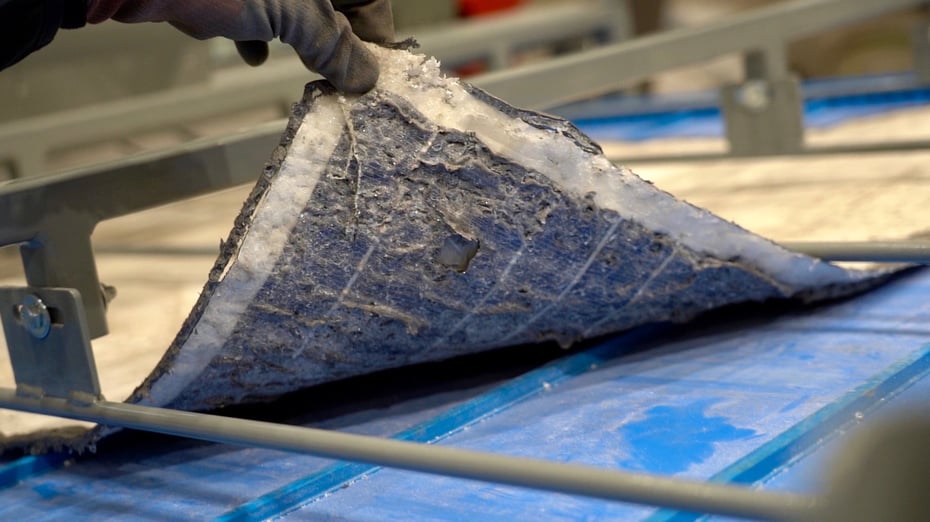One of the fundamental principles of the circular economy is the need to anticipate, starting from the design phase, a product's fate once its life cycle has ended, reflecting on appropriate disposal, recovery, and recycling methods.
The importance of this principle is evident when considering the production and subsequent disposal of photovoltaic panels: products of this type, designed specifically to promote the use of renewable energy sources that have a lesser environmental impact than fossil fuels, have expanded exponentially over the past few decades, following a trend that shows no signs of slowing down. Solar panels, however, are made using precious raw materials whose processing has a significant environmental impact and are naturally subject to obsolescence.
It is therefore essential to develop solutions capable of optimizing the lifespan of newly produced panels, without forgetting the importance of effectively and correctly managing the disposal and recycling of decommissioned panels, the number of which is expected to grow significantly in the coming years.
How long does a photovoltaic panel last on average?
Solar panels are made of glass sheets and metal frames, which house silicon-based cells. These cells are responsible for generating electricity from solar energy, but their efficiency naturally declines over time, making them increasingly less competitive. Currently, the useful life of a solar panel is estimated at around twenty years, and although research in this field is progressing and newly produced panels can remain efficient for around 25 years, it is still necessary to provide effective solutions both for the disposal of new solar panels and for the huge number of systems installed in the past that are gradually approaching the end of their life cycle.
Considering that the spread of photovoltaics in Italy began in the 1990s and has begun to grow increasingly rapidly since the early 2000s, it is clear that the first photovoltaic parks have already reached the end of their life cycle and will soon be permanently decommissioned. This transition will also be accelerated by the constant growth in efficiency of next-generation solar cells, which means that a system installed today can produce—on the same surface area—double or even triple the energy of a system installed a decade ago. Given this state of affairs, replacing obsolete solar panels with more recently manufactured systems is proving particularly cost-effective.
It is estimated that by 2050, it will be necessary to manage the disposal and recycling of approximately 4 billion individual solar panels, weighing nearly 80 million tons of material. This figure could increase further if—as is currently happening—the spread of this type of system continues to grow.
How to reuse photovoltaic panels and turn waste into resources
Solar panels are mostly made of glass, aluminum, and other materials that can be recycled and repurposed, and it is currently estimated that 95-98% of each solar panel can be recovered, depending on the type of treatment it undergoes.
A 22 kg decommissioned solar panel can provide approximately 14 kg of glass and almost 3 kg of aluminum, as well as significant quantities of other precious materials such as silicon, copper, and other metals.
Furthermore, it should not be forgotten that solar cells also contain small amounts of lead, cadmium, and other substances potentially hazardous to the environment, the dispersion of which must be prevented. The quantities of these materials contained in a single panel are extremely limited, but the high number of panels approaching the end of their life cycle requires serious consideration of this aspect and the implementation of effective strategies for the proper separation of panel materials, the recovery of hazardous components, and the economic valorization of recyclable parts.
For all these reasons, it's reasonable to believe that the market for recycling photovoltaic panels and recovering the materials they're made of will experience rapid and significant growth in the coming years: between now and 2050, we'll see an exponential growth in the number of solar panels to be disposed of, paralleling the growth in the diffusion of this type of product from the early 2000s to today.
Developing effective strategies for the recovery of disused photovoltaic panels will allow waste treatment companies to equip themselves with tools capable of


